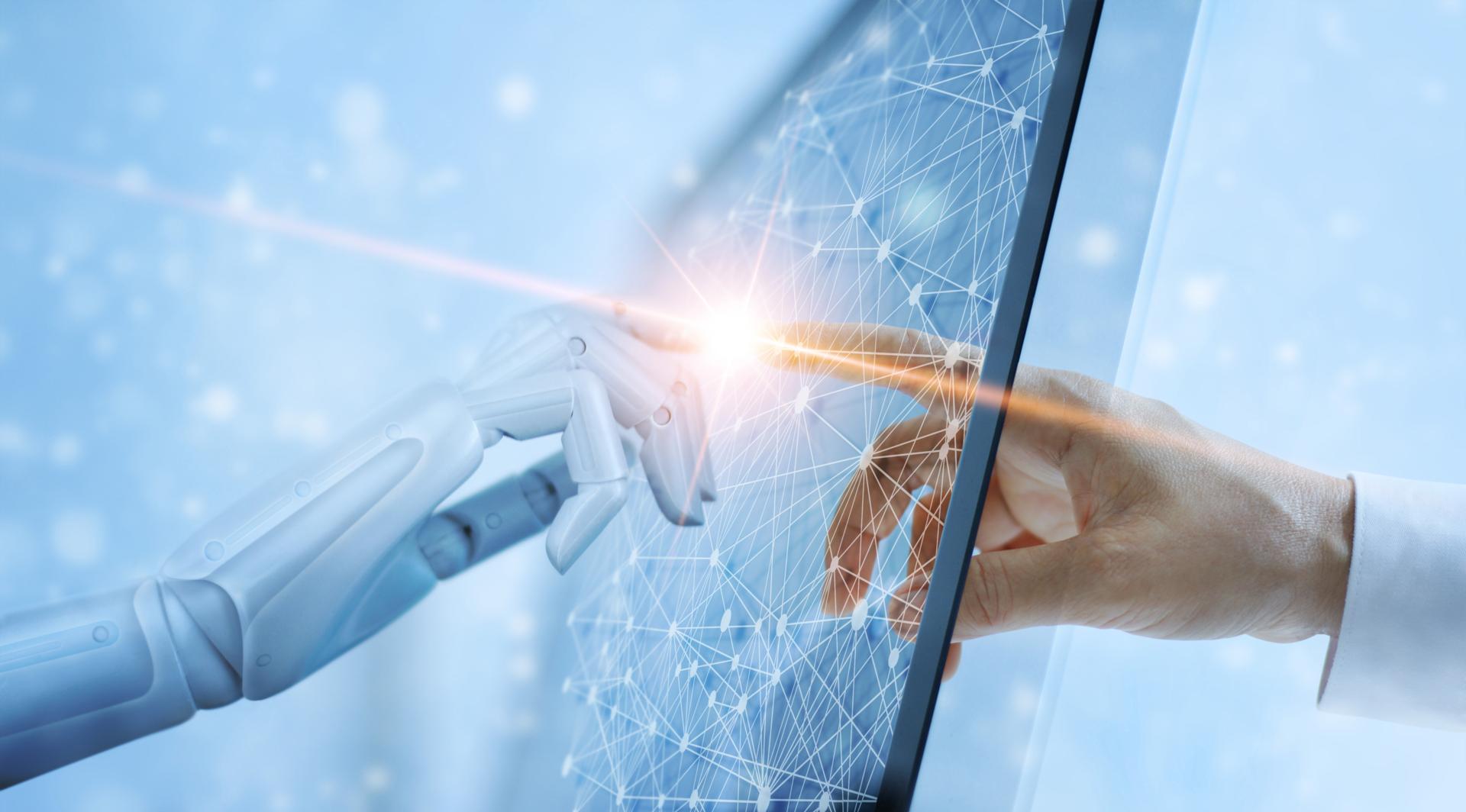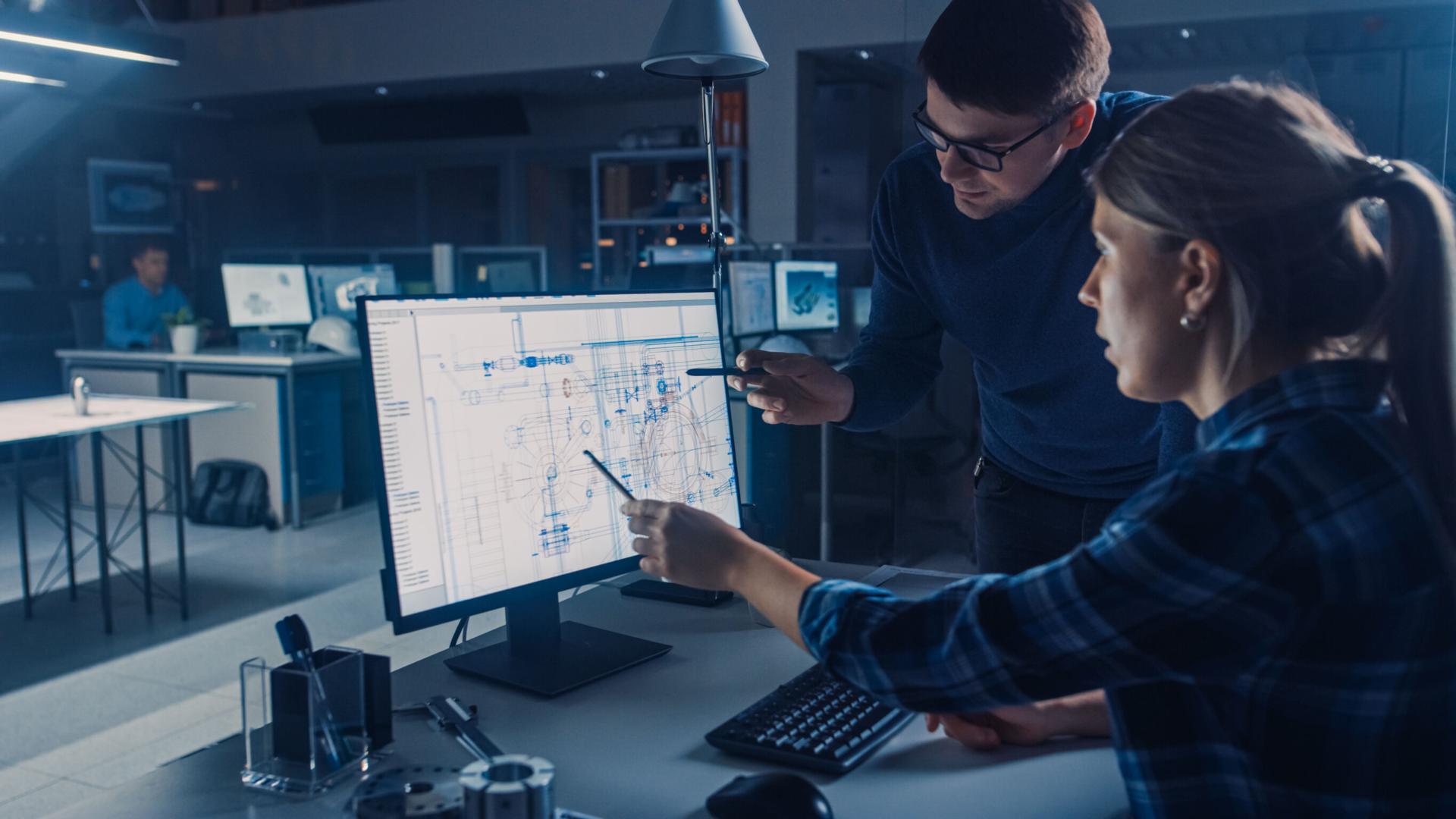How can artificial intelligence help build a greener future?
Over the past decades, artificial intelligence (AI) has gone from being something out of science fiction to being very much part of science fact. It is now an integral part of our present, and we are beginning to see the impact it has on the workplace, the economy and the technology we use every day. But what about its impact on the environment? How can we leverage AI to build a greener and more sustainable future?
AI has long been a favourite subject in fiction, be it books, graphic novels or films – think 2001: A Space Odyssey, The Matrix or even The Terminator. In the interests of drama and suspense, the AI portrayed is more often than not malevolent, with machines having half an eye on taking over the world (or in the case of The Matrix, the machine actually being the world).
Although the AI was fictional, the fears expressed were very real. In 1961, Life magazine published an article entitled “The Machine Are Taking Over: Computers Outdo Man At His Work – And Soon May Outthink Him”, which described machines that were capable not only of performing analytical and decision-making tasks in business and industry, but also of learning by themselves.

Fast forward to 2023, and those machines are now hard at work among us. However, far from being the threat to the existence of humanity that they were seen to be 60 years ago, they now make an invaluable contribution to our day-to-day lives. So where exactly can AI make a contribution to environmental issues?
We take a look at six fields in which artificial intelligence can have a direct and positive impact on the environment.
Clearer skies
Thales’s PureFlyt flight management system is a prime example of what can be done. It uses AI to optimise aircraft trajectories and thus reduce both fuel consumption and noise pollution, with the objective of a 10% reduction in aircraft CO2 emissions by 2023. Flight tests also used AI to simulate some two billion scenarios and clock up the equivalent of 100 million flight hours.
In addition, research is being done on how to use those AI-assisted trajectories to reduce the environmental impact of aircraft contrails by having planes fly at a slightly lower altitude, as well as to have planes make a continuous descent to landing, as opposed to descending by levels. Both of these measures could help reduce fuel consumption and air pollution.
AI is also having a positive impact on air traffic management, which will have to cope not only with traditional aircraft, but also with a rise in the number of unmanned aerial vehicles in the skies. Instead of AI replacing human beings, Thales believes that it will enhance their capabilities by freeing them from repetitive, low-value tasks and enabling them to focus on more critical areas where human intervention is vital.
This human-centric focus will create safer and more efficient airspace management; in addition, the advanced predictive capabilities of AI will lead to fewer delays in the air and on the ground, which in turn means less fuel burned and a reduced carbon footprint for the airline industry.

Climate monitoring
AI also has a vital role to play in the observation and understanding of climate phenomena, which are key to combating climate change. Its most obvious application is in increasing the image processing capabilities of satellites, which will be able to better analyse and predict climate phenomena.
Thales is contributing to this effort, for example, within the framework of Europe's Copernicus Earth observation and climate monitoring programme, which will help better understand the environmental impact of human activity.
Energy consumption and the IoT
One of the areas where AI really comes into its own is in the face of what Gregor Pavlin, programme manager and senior scientist at Thales Research & Technology, calls “wicked data”. Modern systems, in the field of IoT (Internet of Things) for instance, collect huge amounts of all different kinds of data. Traditionally, that data is processed in a central computer or cloud, and then the results are sent back to the application in the field. However, not only does this raise security issues, but it is also neither cost- nor energy-efficient.
Thales’s expertise has enabled it to develop a platform for the simple integration of distributed AI algorithms in the field, which process most of the data close to the application – so-called edge computing – and only transfer the processing results, keeping the data behind a secure firewall and significantly reducing energy consumption.
Lateral thinking: eco-design and frugal AI
Sustainable technology, however, is not just about visible impacts, such as reducing energy consumption or carbon emissions. It also involves looking at entire processes – from conception to operation – to see where real change can occur. According to Pavlin: “We are also part of the shift towards more frugal, more sustainable technologies. Eco-design is a key principle in all our developments.”

As an expert in critical-decision support solutions, Thales is the first company to develop "frugal" AI based on algorithms that only require small amounts of energy. Thales researchers are prioritising knowledge-based symbolic or hybrid AI, which is far more energy efficient. Attention is being shifted from Big Data to Smart Data, favouring quality over quantity, and to improving electronics design and implementation to offer electronic circuits that consume very little energy.
The AI of the future: neuromorphic computing
What about the next big thing? Although it is still in its infancy, neuromorphic computing could be the technology that completely revolutionises AI.
Thales is at the forefront of research in this field, thanks to the pioneering work done by teams at the CNRS/Thales joint physics unit in Palaiseau. Director of Research Julie Grollier explains: “Most AI people today are concentrating on algorithms that help to achieve a particular outcome. AI algorithms may be inspired by the workings of the human brain and its neural networks, but they are based on virtual neural networks running on conventional computer chips.”
“A neuromorphic chip, on the other hand, is a physical reproduction of a neural network. In my work, we are taking inspiration from the organisation and structure of the brain — and in particular from the way neural networks are organised as successive layers of neurons in the cortex — to develop processors that can run these algorithms very efficiently and with much less energy.”

